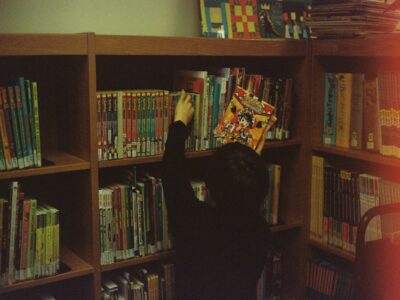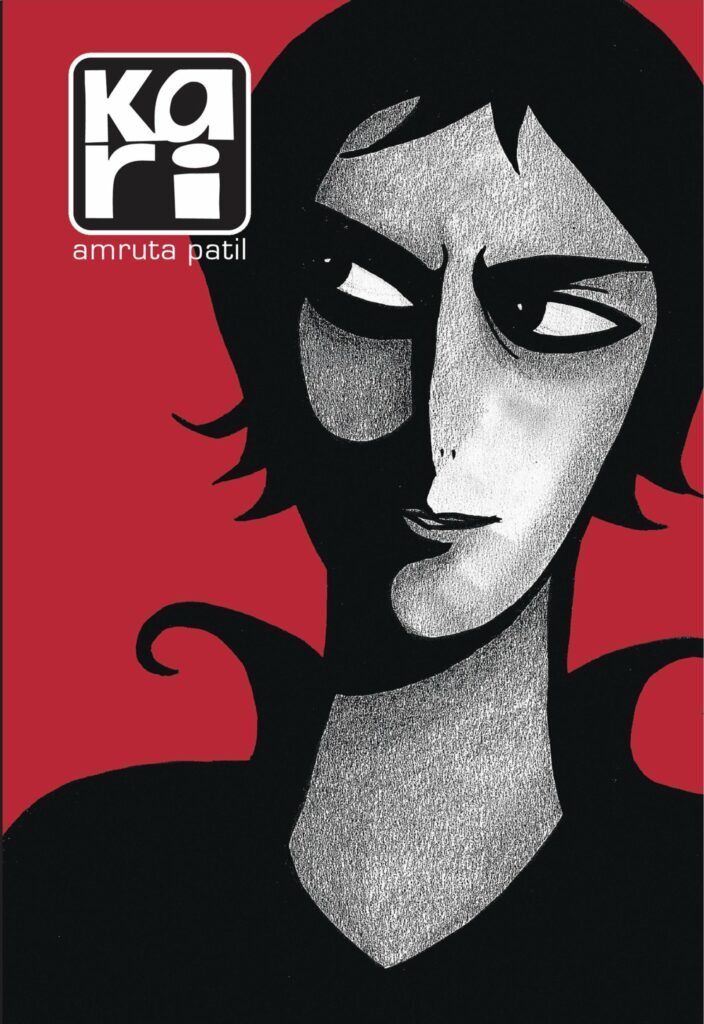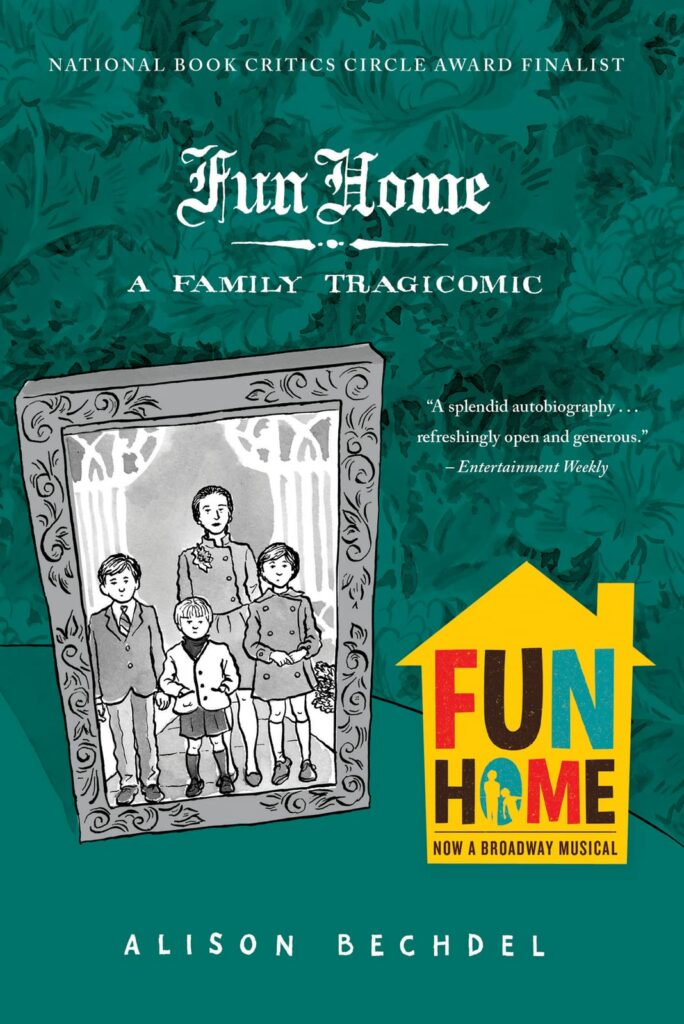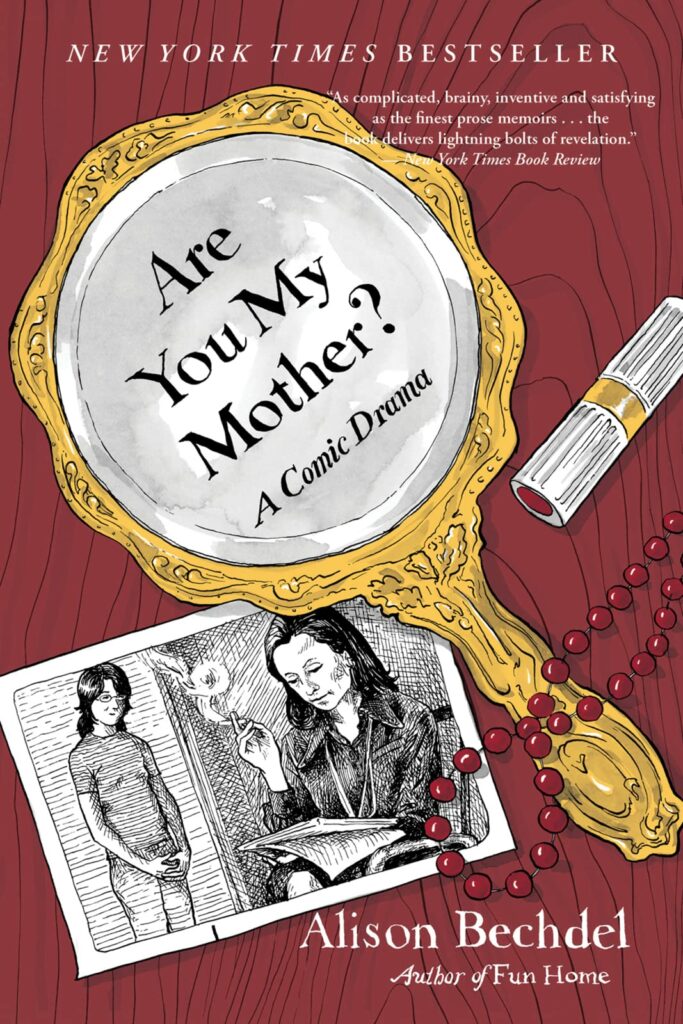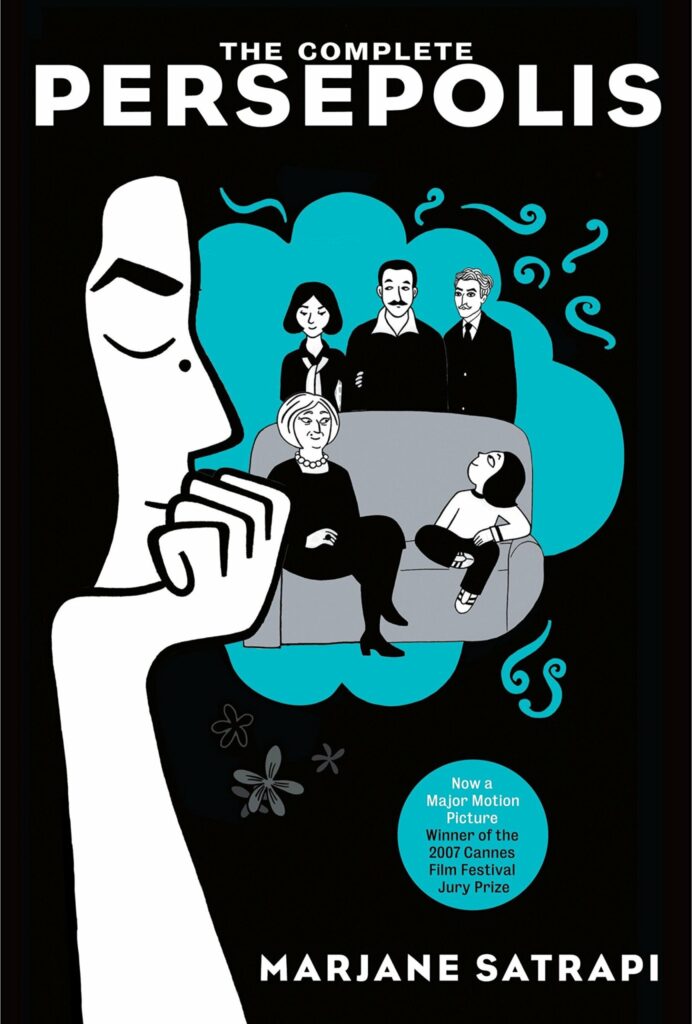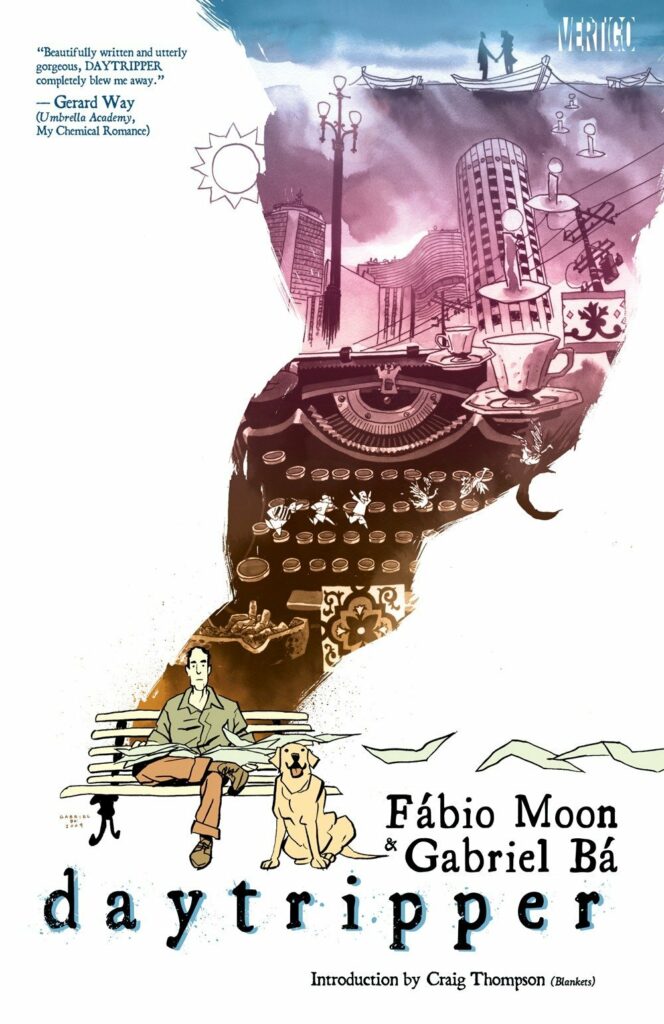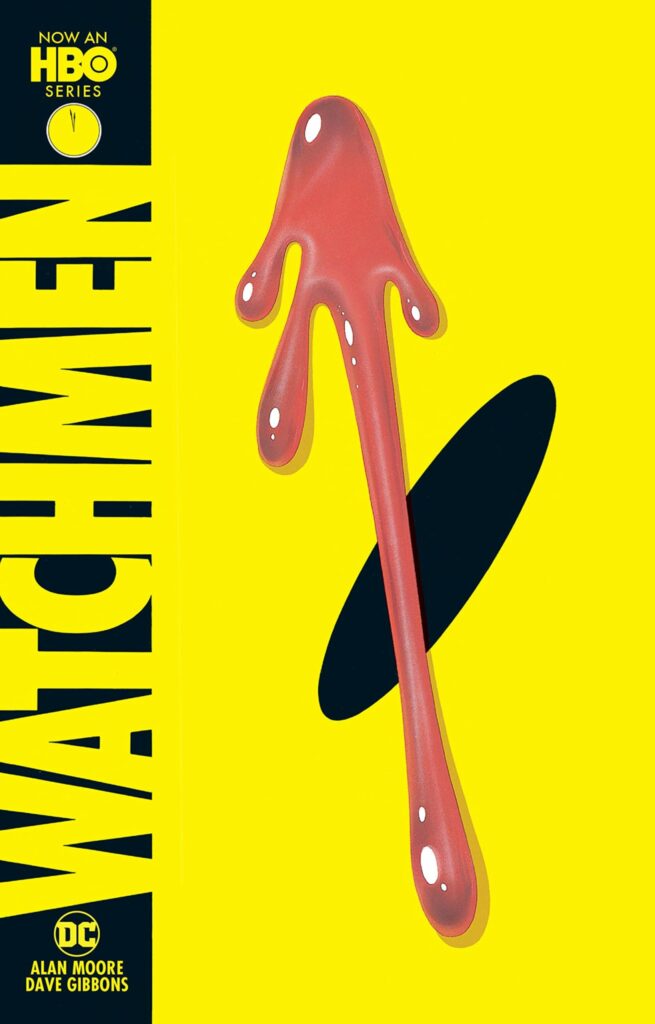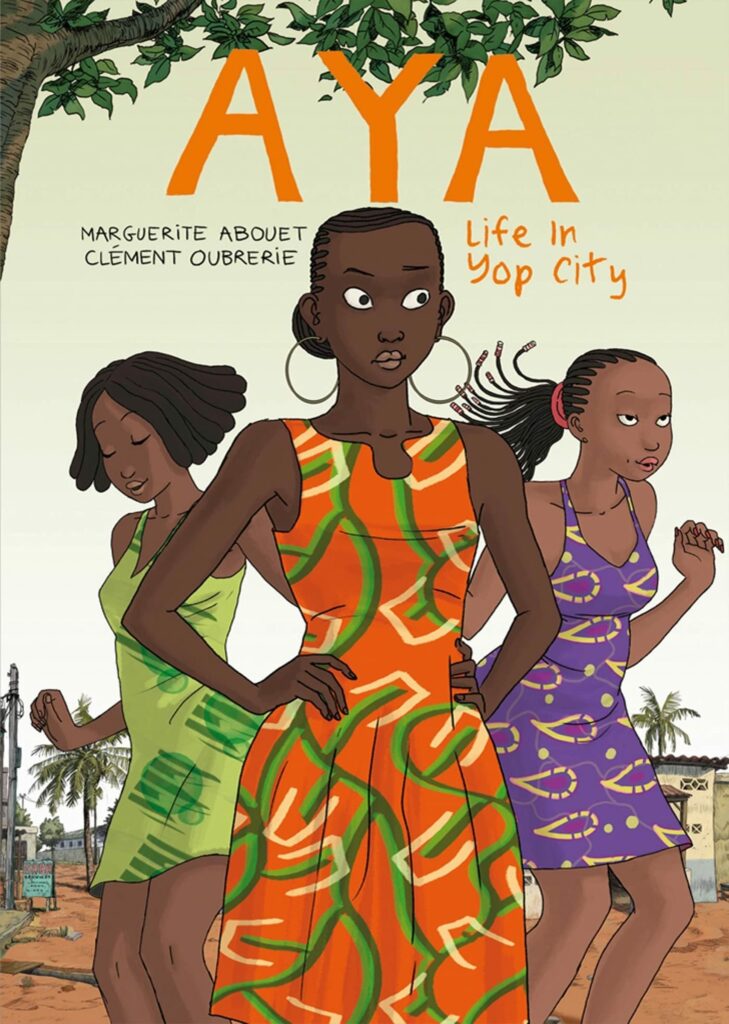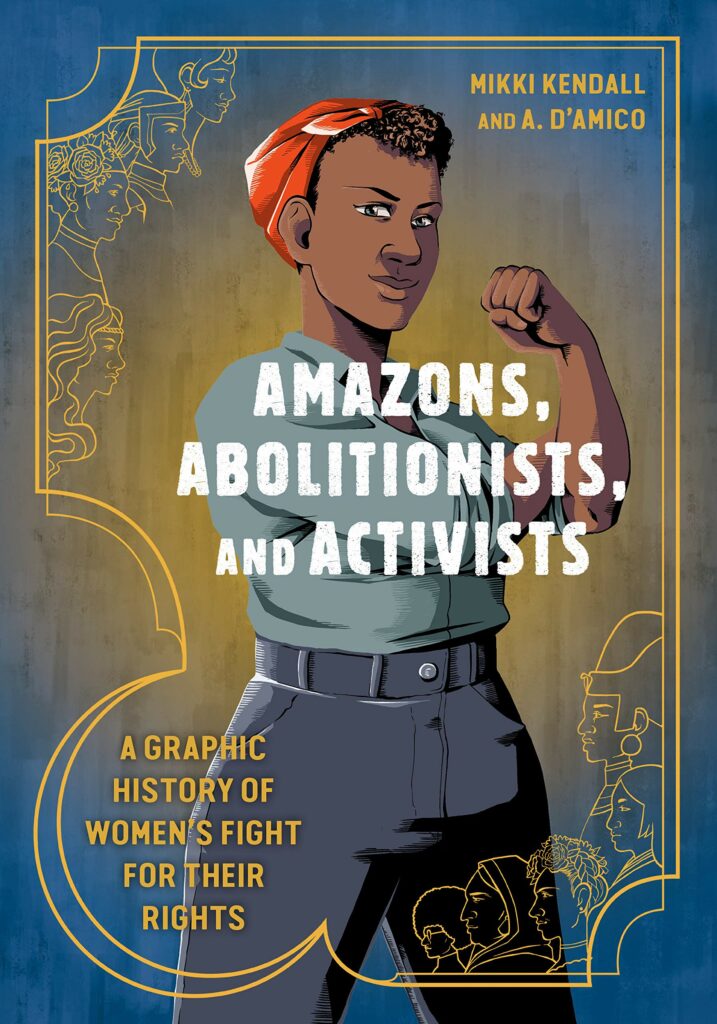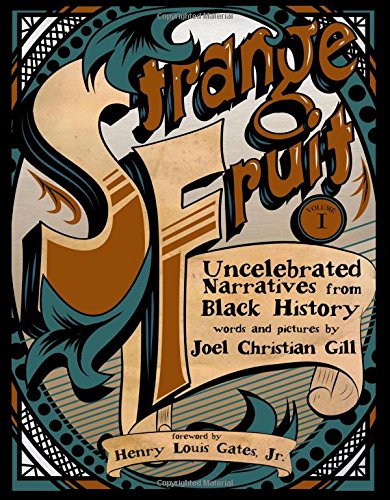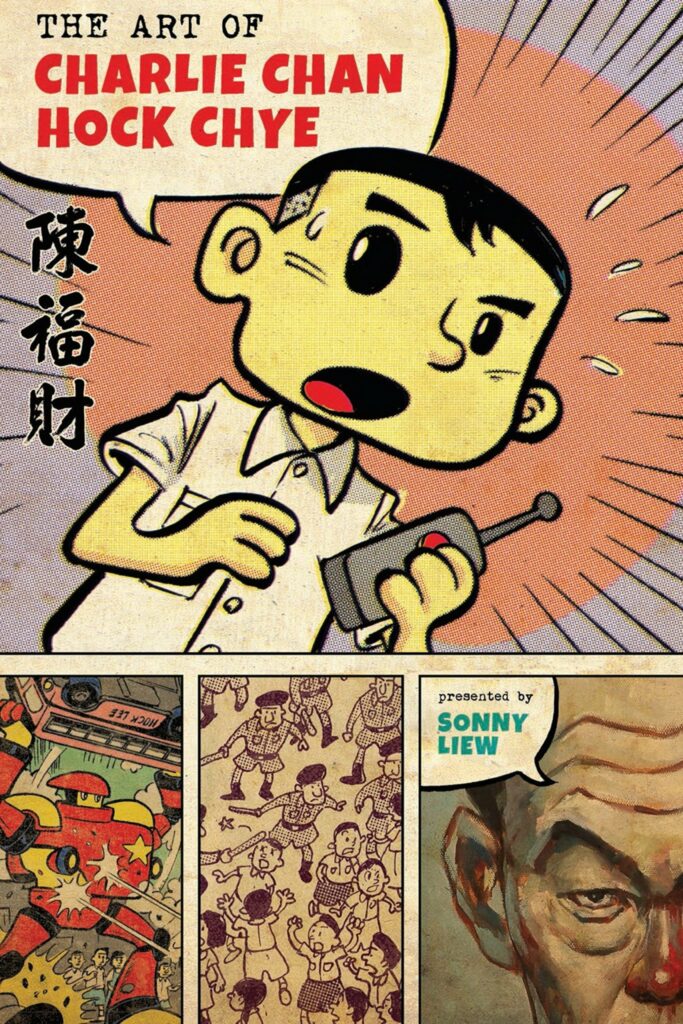College can often feel like an intellectual battleground. Sitting in lecture, your professor and classmates throw around names and authors you know of but haven’t gotten around to reading. You write down their references but making a “To Read” list feels a lot different than actually reading what’s on that list. Between classes and work, do you really have time to barrel your way through Wuthering Heights? If you can’t seem to focus on all those wandering descriptions and paragraph-long sentences of the classics but still want intellectually stimulating media, fear not. There’s a perfect solution, and it comes in the form of the graphic novel.
“Graphic novels can teach things that you aren’t focused with in prose novels, like to find symbolism and meaning in how scenes are portrayed or even how dialogue is depicted,” George Washington University (GW) junior and Writing Center tutor Miya Libman said.
Without further ado, check out these 10 graphic novels that can teach you just as much, if not more, than those classic novels that have accumulated on your TBR list.
1. Kari by Amruta Patil
Still a bit suspect as to how graphic novels can match the intellect of classic literature? Look no further than Kari. The graphic novel format enables authors to capture storytelling through both words and dialogue. Much in the way scholars dissect an artsy film, you can dissect a graphic novel. Kari provides a perfect opportunity for this.
“The visualization of life is more multifaceted,” GW professor Julie Donovan said on how graphics enrich storytelling. Donovan teaches a course on graphic novels to students in GW’s Women’s Leadership Program. “When text and image work together or work against each other, it’s intellectually stimulating.”
Kari centers around the experiences of a young woman living in the “smog city” of Mumbai. From the loss of a friend, to child-parent relationships, to the complexities of sexuality and gender-identity, Patil combines poetic prose with rich images. Besides Patil’s masterful panels, however, Kari will grab the attention of art lovers for another reason. Imitating well-known art pieces like The Two Fridas and Christina’s World, Patil invites the reader to consider the implications of applying these paintings’ meanings to her own characters. Whether you know a lot about art or nothing at all, Kari, with one foot in the fantastical and one foot in the real world, provides an easy avenue for anyone to access.
2. Fun Home by Alison Bechdel
Written by the cartoonist who popularized the Bechdel Test (yes, that Bechdel!), Fun Home reveals a captivating childhood memoir touching upon sexuality, mental health and father-daughter relationships. Bechdel, known for her long-running strip Dykes to Watch Out For, uses a limited color-palette of blues, grays and blacks to convey a great depth of emotion. Classic lit lovers will also appreciate Fun Home for its references to works like Camus’ A Happy Death, Proust’s Remembrance, Joyce’s Ulysses and more. Whether you know The Great Gatsby inside-and-out, though, doesn’t matter. Bechdel’s dry humor and honesty will draw readers in, while her life experiences and clever references will leave them with something learned.
“Reading adult graphic novels was new to me,” GW senior Madelyn Bedard said. “The images were very detailed and allowed you to feel the changes in mood since it is a tragedy and has comedic relief at some points. Sometimes that’s hard to convey without being too lengthy with your words.”
Just like with Kari, Bechdel’s Fun Home provides the attentive reader with plenty of opportunity for analysis. Consider the meaning behind Bechdel’s references to outside texts. What meaning does Bechdel add by including that specific novel? Again, like a movie, readers can easily consume a graphic novel casually, or choose to pay close attention to those nuances of symbolism and imagery. With Fun Home, readers will find no exception.
3. Are You My Mother? by Alison Bechdel
If you read Fun Home and fall in love with Bechdel’s storytelling and wit, you’ve lucked out. In 2012 Bechdel published Are You My Mother?, the companion piece to Fun Home. Exploring now her relationship with her mother, Bechdel sticks to her limited color palette, though this time switches blue with red. Each chapter begins with Bechdel describing one of her dreams. Then, she connects and interprets the dreams through life experiences. In true Bechdel fashion, she also draws upon outside literature and theory, including Adrienne Rich, Virginia Woolf and psychoanalyst Donald Winnicott.
4. Persepolis by Marjane Satrapi
If you really want to sound smart while reading graphic novels, tell people you’re reading the bande dessinées Persepolis. A bande-what? Bande dessinées, also known as BDs or Franco-Belgian comics, describe comics originally created for French and Belgian readership. Written and illustrated by French Iranian cartoonist Marjane Satrapi, Persepolis offers the story of Satrapi’s childhood first in Iran and then as an expatriate in Austria. Combining history, trauma and comedy with a neat, cartoonish art style, Persepolis chronicles how the events of Iran’s Islamic Revolution impacted Satrapi’s childhood and family.
“What stood out to me was the emotional delivery and witnessing the character’s evolution,” GW junior Kate Dressel said. “There’s foreshadowing that can only appear in the graphics.”
Like Bechdel’s work, Satrapi’s Persepolis proves how the graphic novel format, with its words and visuals, can capture major depths of emotion. Rather than long-winded paragraphs on woes and troubles—like many of those classics contain—graphic novels can show their readers the stark realities of life. Persepolis does just that. While the political struggles occurring during Satrapi’s childhood intimately affected her life and family, Satrapi centers her novel around the everyday pains of growing up. With this balance, Satrapi’s memoir illustrates her childhood as equal parts typical and out-of-the-ordinary. Readers connect with Satrapi’s stubborn will as a child, the agony of adolescence and the navigation through her first romances. And in doing so, they learn something not just of history, but of the personal emotions and development that come with living through such events.
5. Daytripper by Fábio Moon and Gabriel Bá
By now you probably understand that the combination of visuals and text allow authors of graphic novels to tell stories in intriguing formats. Fábio Moon and Gabriel Bá take advantage of this ability to capture unique portrayals in Daytripper. Brazilian comic book artists who worked on such projects as The Umbrella Academy and their colorful art style captures the story of Brás de Oliva Domingos, an obituary author and aspiring novelist. The book’s 10 episodes invite you to view significant days in Brás’ life. Yet each of these episodes ends with a different version of Brás’ death, prompting the reader to face questions like “what is the purpose of life?” Plus, alongside its dip into existentialism, readers of Daytripper gain the opportunity to learn a bit about Brazilian language, literature and culture.
6. Watchmen written by Alan Moore and illustrated by Dave Gibbons
If you enjoy the classic superhero comic but want to read something “smart,” Watchmen, a book often analyzed in college courses, provides a perfect option. Alternatively, for those who like stories with a philosophical bend, Watchmen also makes an intriguing pick for you. The novel takes place in an alternate universe where the United States wins the Vietnam War, the Watergate scandal remains unexposed and individuals with extraordinary abilities emerge. Following a group of superheroes, Watchmen juxtaposes the superhero identity against a group of heroes’ human mistakes. As a mysterious assassin pursues the group, Moore examines the idea of the superhero.
7. Aya: Life in Yop City written by Marguerite Abouet and illustrated by Clément Oubrerie
The second book in a series of three that readers can also view as a standalone. Aya: Life in Yop City provides a great opportunity to test out your analytical eye when it comes to collaboration between author Marguerite Abouet and her husband and illustrator Clément Oubrerie. For Abouet and Oubrerie, the rhythm a graphic novel must capture inspired their collaboration. Abouet started by creating rough storyboards, then sharing them with Oubrerie. Next, they discussed the full story together. Reworking the storyboards together, they created the first drafts.
“With some graphic novels there’s a different artist,” GW professor Donovan said. “It makes you think about collaboration—how people work together in that way.”
Their collaboration draws readers in with Oubrerie’s colorful palette and Abouet’s fun, everyday characters. With graphics rich in color, Aya explores the lives and struggles of several individuals all connected to the dependable protagonist, Aya. Yop City takes place in the Côte d’Ivoire, or “Ivory Coast” of West Africa where Abouet herself grew up. Inspired by none other than Marjane Satrapi’s Persepolis, Abouet wished to create a story that focused on the lives of everyday people in Africa rather than the wars and famine mainstream media often focus on. Plus, just like Persepolis, reading Aya gives you another opportunity to use that word—bande dessinée.
8. Amazons, Abolitionists, and Activists written by Mikki Kendall and illustrated by A. D’Amico
Author of the political nonfiction book Hood Feminism, Mikki Kendall’s graphic novel style history-primer Amazons, Abolitionists, and Activists provides a lesson in the history of women’s struggle for rights across time and cultures. Hood Feminism examines feminism through an intersectional lens, while Kendall’s graphic novel seeks to shed light on experiences and women often left behind by the mainstream movement and retellings of history. Starting in ancient Sumer, Amazons, Abolitionists, and Activists explores one of the earliest documented societies that granted women nearly equal rights. From there, Kendall chronicles a variety of issues, events and movements in women’s liberation. From the right to vote, to education access, to bodily autonomy and more, Kendall highlights the stories of real-life historical women who sought to shape the world they wished to live in.
“The students wanted a little more of the politics in the sense of political messaging, the visual world through communication,” professor Donovan said, who recently added Kendall’s book to her graphic novel syllabus.
Kendall’s book proves another point about the glories of the graphic novel style. With the ability to truly show and tell all at once, authors can harness the format as a method of education. Again, much like we find a film about historical events easier to consume than a dense book, the graphic novel provides an approachable way to learn something new. The easy-to-read style and stimulating color palette of Amazons, Abolitionists, and Activists will draw you in. By the time you finish you’ll find yourself searching for further reading to find out more about the topics touched upon in Kendall’s seven chapters.
9. Strange Fruit, Vol 1: Uncelebrated Narratives from Black History by Joel Christian Gill
For history lovers that want something a bit more exciting than the standard historical analysis text, look no further than Strange Fruit. Like Mikki Kendall’s Amazons, Abolitionists, and Activists, author Joel Christian Gill takes advantage of the graphic novel as an engaging educational format. His collection of stories from early African American history provides a space for lesser-told stories such as the escape of Henry “Box” Brown from slavery. The title of the novel itself tells a history, too. “Strange Fruit,” references the Billie Holiday song of the same name, which Holiday turned into a song from the original poem written by Abel Meeropol.
10. The Art of Charlie Chan Hock Chye by Sonny Liew
Another option for those interested in political histories, The Art of Charlie Chan Hock Chye centers its story around a fictional cartoonist. Set in Singapore, the graphic novel makes good use of color as a form of symbolism. Black and white panels accompany the depictions of Singapore’s early colonial history, while colorful strips illuminate the present-day. The novel splices together strips about Charlie’s life with excerpts of comics he wrote. In doing so, Liew captures Charlie’s fictional life and work in parallel to the political history of Singapore.

